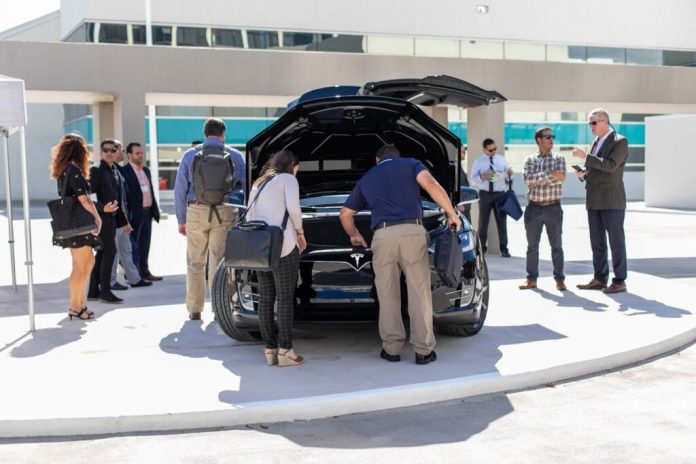Battery-electric vehicles are edging close to a major milestone this year, with worldwide sales expected to nudge the 10 million mark for the first time ever.
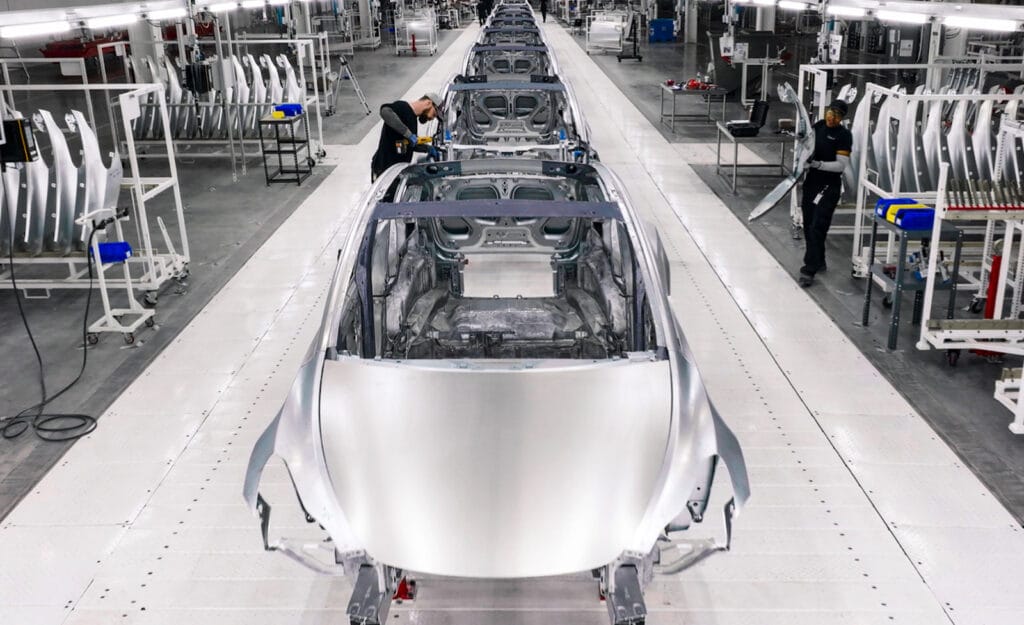
Barring any unexpected slowdown in the rapid surge in demand, that would mean a nearly 50% increase in demand for BEVs this year, even though the overall global automotive market has taken a sharp tumble.
BEV sales are “unstoppable,” said automotive analyst Michael Dunne, the president and founder of Dunne Automotive. That’s all the more impressive, he said, “considering we’re in a war in Ukraine, facing a recession, and seeing relations between the U.S. and China bring down a new bamboo curtain in Asia/Pacific. They’ve got a momentum of their own.”
“The BEV freight train keeps moving”
Sales of all-electric vehicles have been growing in all major markets, according to industry data. In the U.S. they made up barely 1% of total new vehicle sales in 2019, surging to nearly 5% at the end of 2021. And demand surged about 66% during the first half of 2022 year-over-year.
In Europe, EV sales totaled nearly 750,000 in 2020, rising to 1.143 million last year, with growth so far accelerating in 2022. One in eight cars sold in the UK were all electric by mid-year — and plug-in hybrids accounted for another 5.9 percent. Nearly two-thirds of all Norwegian sales are now BEVs.
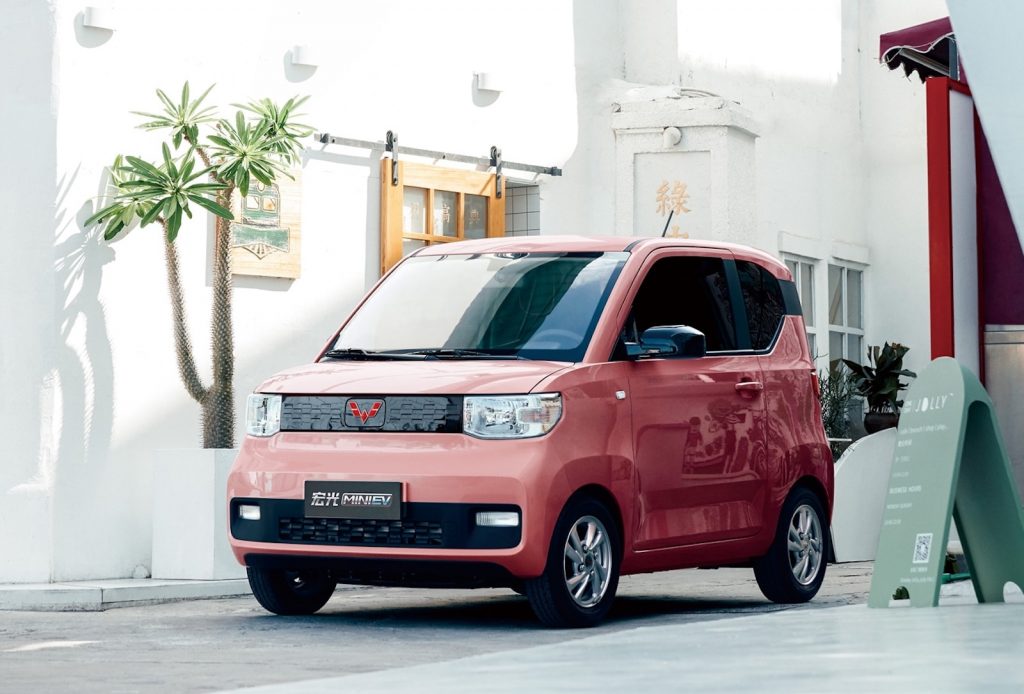
The world’s biggest battery-electric market is China, however, which represents nearly two-thirds of global sales. That, said Dunne, should work out to at least 6 million BEVs for all of 2022.
“The BEV freight train keeps moving,” he added, forecasting that total demand worldwide should come in at or above 9.8 million this year. By region, Dunne Automotive expects that to break down to:
- China: 6 million
- Europe: 2.5 million
- USA: 1.1 million
- Other Regions: 0.2 million
The “cool” factor
That’s all the more impressive, said Dunne, when one realizes that “It wasn’t all that long ago BEVs were just compliance cars,” created by manufacturers to minimally meet new emissions and fuel economy standards.
Such vehicles as the original 2011 Nissan Leaf barely managed 100 miles per charge, were slow and little fun to drive. That changed, Dunne stressed, “when Tesla came along.” Much like the iPhone made smartphones a must-have, the Tesla Model S changed the way people perceived EVs, significantly upping the “cool” factor, he said.
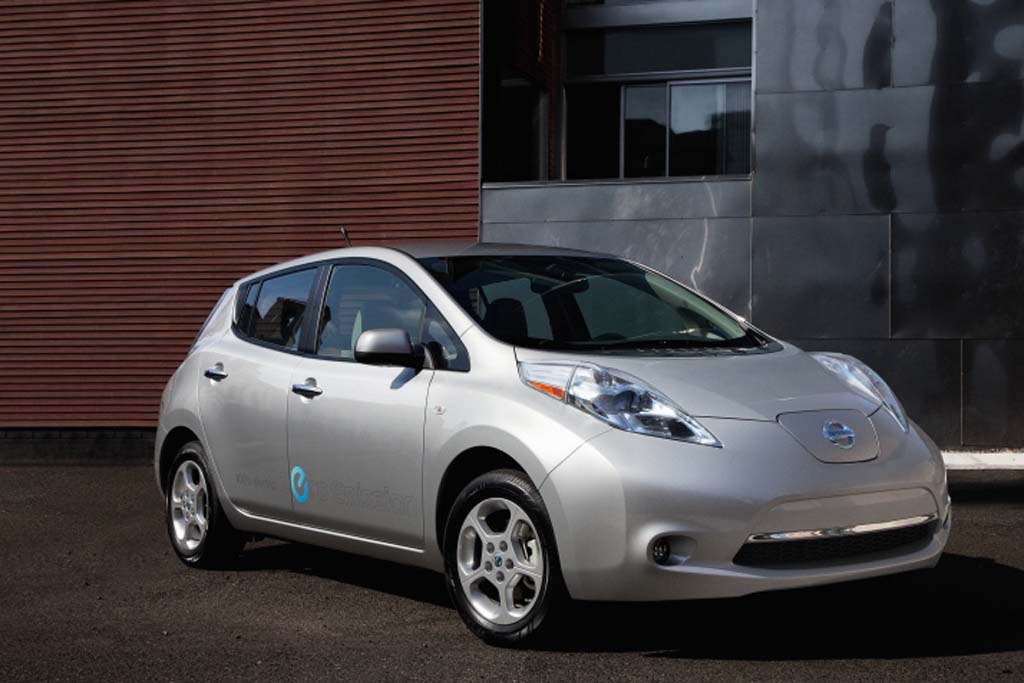
The Texas-nee-California upstart is itself approaching a milestone, Tesla widely expected to deliver more than 1 million BEVs worldwide for the first time this year.
A surge of competition
But it is facing a rapidly expanding array of new competitors pushing into a broad range of product segments, from small hatchbacks to full-size pickups and vans. In the U.S., for example, there will be more than 50 long-range BEVs available by year-end, roughly triple the number on the market by late 2021 — and more than 150 forecast for mid-decade, according to AutoForecast Solutions.
While new products like Ford’s Mustang Mach-E and F-150 Lightning are gaining ground, Tesla dominates the market. Its Model Y Long Range SUV is the best-selling BEV in both Europe and the U.S. But it faces a tougher battle in China.
As the world’s largest auto market, the Asian giant has seen a massive surge in the number of new BEV entries, brands like BYD, Great Wall and NIO, and even with Tesla adding a plant in Shanghai, they are rapidly gaining ground. The best-selling all-electric model in the country, however, comes from a joint venture pairing General Motors and local carmakers SAIC and Wuling. The $5,500 base price of the Wuling Hongguang Mini EV is a clear contributor to its success.
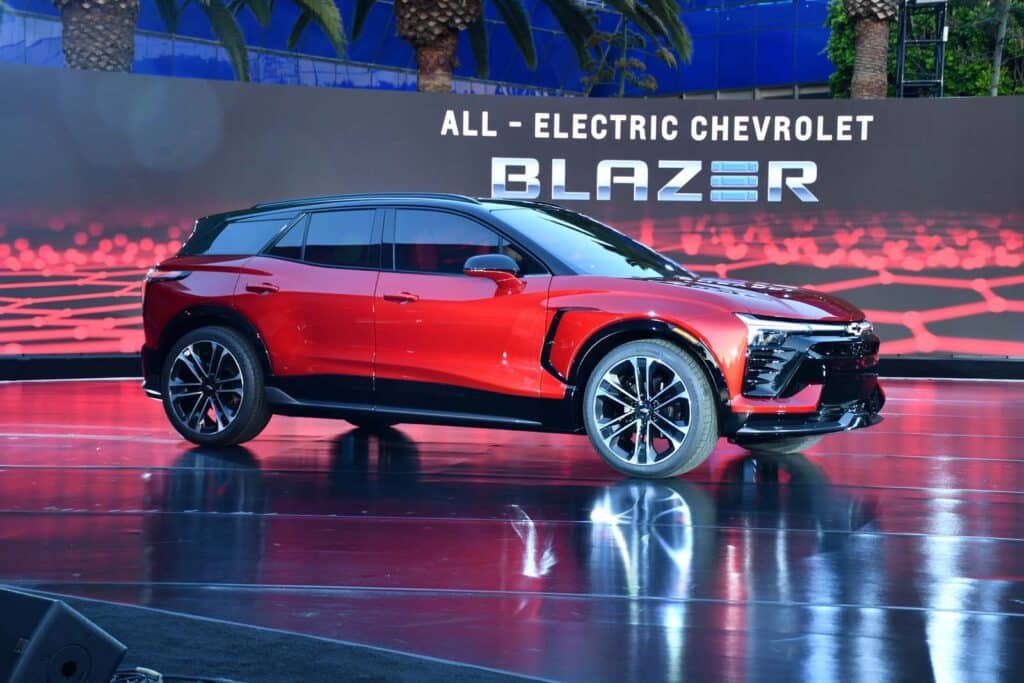
That’s barely 8% of the price of a typical BEV in the U.S., around $65,000 according to Kelley Blue Book.
Rising prices are a problem
The generally high cost of today’s all-electric vehicles has limited access for many mainstream buyers, Dunne warns. And he’s not alone. While there’s a general consensus that BEVs could top 20% of the U.S. market, John Murphy, the senior auto analyst with Bank of America Research warned the number could stall at barely 10% if automakers can’t drive costs down.
It’s not that they aren’t trying. GM recently dropped the price of its entry-level Chevrolet Bolt EV to just $26,595, and it plans to bring in the 2024 Chevy Equinox at just over $30,000. With the launch of production in Tennessee, Volkswagen dropped the base price of its ID.4 model, as well.
But, with only a few exceptions, automakers have been raising prices on BEVs, blaming that on rising raw material costs. The base Ford Lightning, for example, will jump $7,000 come the 2023 model year.
Raw materials pose the biggest threat
Lithium carbonate, the key ingredient in lithium-ion batteries, has jumped more than 600% in price during the last 12 months. Other key ingredients, such as nickel and cobalt, are also up sharply.
Manufacturers are looking for new sources of those raw materials and seeking ways to reduce the amount of the most expensive metals, such as cobalt, batteries require. And, said Dunne, there are potential “breakthroughs” that could reverse the upward trend. Pre-COVID, the expectation was that the price of batteries would fall from an average $150 per kilowatt-hour to $70 or below during the second half of the decade.
With a vehicle like the Tesla Model Y Long Range using a 75 kWh pack, the savings would be substantial. And that, analysts like Dunne and Murphy believe, would make BEVs far more appealing to buyers who are motivated by the bottom line, rather than the impact all-electric technology can bring to the environment.

